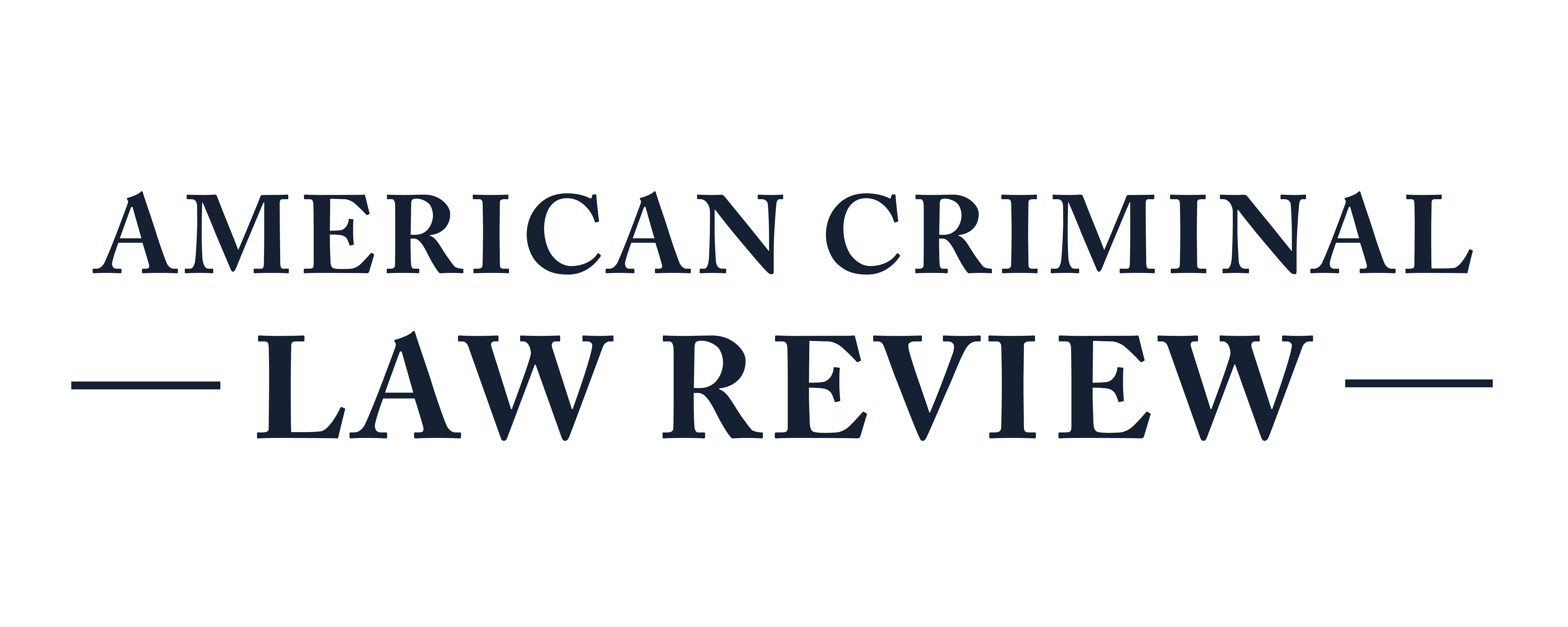Gender Nonconforming Expression and Binary Thinking: Understanding How Implicit Bias Becomes Explicit in the Legal System, Considering the Shooting Death of Philando Castile
While lawyers and activists fighting for transgender rights have been temporarily halted in their efforts, theorists, poets, and artists are taking the lead in advancing the conversation about gender fluidity and the plight of people with non-binary gender identities. This essay is about what practitioners who combat implicit bias in the legal profession can learn from artists and thinkers on the cutting edge of gender-nonconforming expression. Understanding how individuals stigmatize, and at times discriminate against,people who aregender fluid by limited and binary thinking is an importantprogression in comprehending how implicit bias (specifically against people of color) becomes explicit and influences legal actors including law enforcement, jurists,and jurors.
Our country imposes strong societal norms on how individuals should express their gender identity. As a people we are dominated by a cultural belief system that demands gender expression be separated by a strict binary boundary that clearly delineates femininity and masculinity. When individuals defy these social norms gender expression becomes fluid and nonconforming. Individuals who are gender nonconforming resist “pressure to engage in gender-stereotypical appearance and behaviors and are sanctioned when they do not.”
In May 2017, the President of the American Bar Association (ABA) affirmed the legal profession must contain “voices capable of speaking on behalf of those marginalized for their gender.” Artists who protest this type of marginalization can educate lawyers and judges on how to challenge all forms of bias and discrimination. The evolving mission of the ABA is to foster an“understanding and respect for transgender and gender-nonconforming people,” assuring the “legal system is better prepared to handle the needs of these clients.” Conversely, it is the transgender and gender nonconforming client, and the artists who protests on their behalf, who will educate the profession in ways yet imagined. The tragic shooting of Philando Castile demonstrates how the gender protest can inform the legal profession as to why implicit bias against people of color can become explicitly deadly in a matter of moments.
In the past year, artists who created works protesting the persecution of people identifying outside the male/female gender binary informed my trial practice greatly. This protest revealed how society “makes deviant” human expressions of gender that exist beyond the binary (of female or male) and present on complex and unclassifiable spectrums. As I viewed the work and listened to the thoughts of one artist—-who used an “outlaw” perspective to expose the branding of deviance—I was reminded how many of my clients are similarly categorized by a binary of race (respectful or disrespectful), of poverty (good or bad)and of class (hardworking or lazy). I reflected on how many of my young African-American clients, who presented complex and nonconforming lifestyles, are labeled as criminals (or outlaws) because their circumstances were not understandable by a legal system influenced by both implicit and explicit biases, and by beliefs that embrace conformity. The artistic expression of a gender protest can inform trial attorneys and legal practitioners as we develop professional skills to combat binary thinking in ourselves and others.
First, I will outline the evolving political and legal landscape of our nation, which makes relevant and topical any discussion of how individuals conceptualize the gender binary of others. Next, I will explore how human beliefs about the gender binary and racial identity are connected and how protest art informs the understanding of that relationship. Additionally, I discuss a jury selection topic designed to detect race-based binary thinking by exposing juror expectations of how my client “should” act regardless of legality; similarly, the artists of the gender protest confront society’s expectation of how gender “should” present.
In writing this essay, I questioned whether gender nonconforming protest art could effectively inform practitioners as they confront the legal issues of the day. That said, is this essay an academic exercise or does the idea of implicit bias, evolving into binary thinking thus causing an action of legal consequence, have value as an analytical tool? Furthermore, is it of import to consider whether “should” thinking is evidence of a biased hidden belief system becoming explicit? As I reflect on conversations between investigators and police officer Jeronimo Yanez, recorded the day after he fatally shot Philando Castile in July of 2016,9I become more convinced of this model’s significance. In June of 2017, Yanez was acquitted and soon after, his transcribed conversations with investigators were released, lending insight into how implicit bias and binary thinking by law enforcement can lead to deadly results.10Throughout this essay, portions of Yanez’s statement and statements from media coverage are used to illustrate how implicit bias becomes explicit and how binary thinking reduces an individual’s identity to either good or bad. Why was Castile’s humanity reduced to the binary of lawful versus lawless thus framing him as dangerous in the mind of Yanez? Freestanding quotations placed throughout this piece demonstrate how the Yanez case is relevant to the themes of the essay but read independently from the surrounding text.

